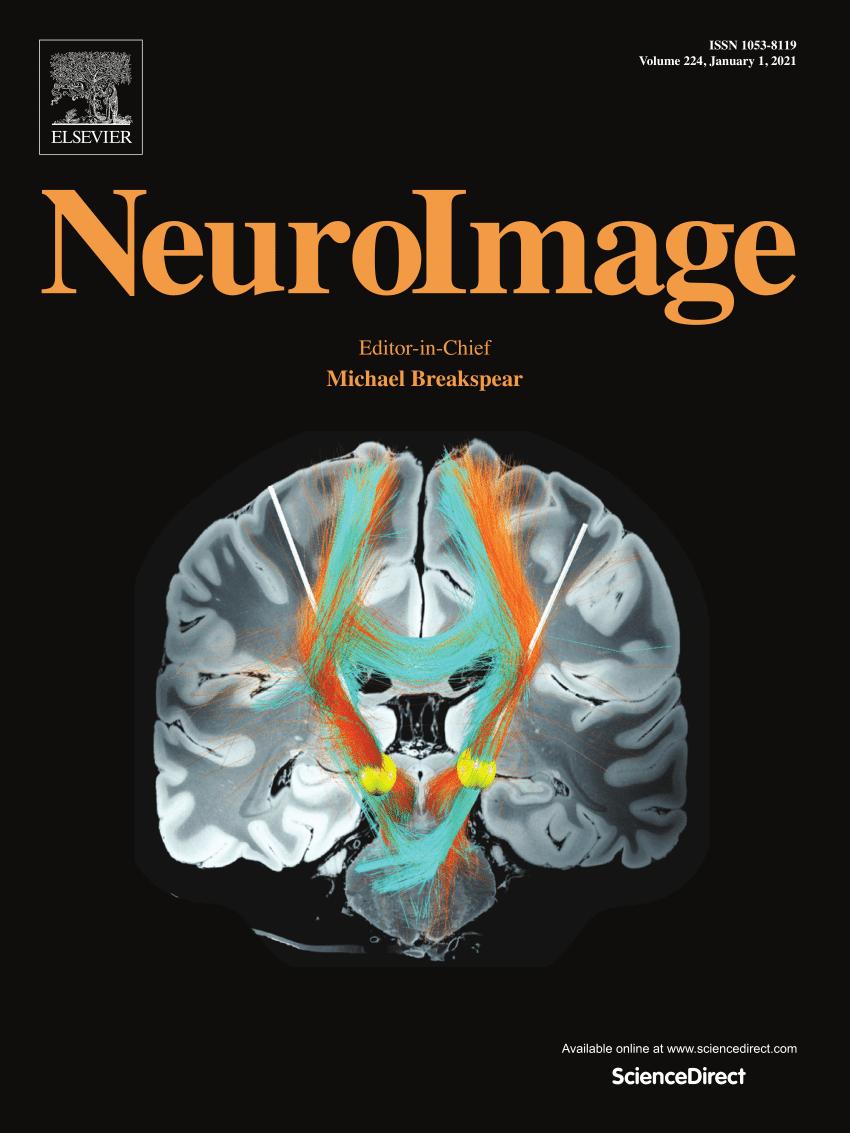睡眠剥夺对睡眠脑电图分形和振荡谱测量的影响:一个基本调节过程的窗口
IF 4.5
2区 医学
Q1 NEUROIMAGING
引用次数: 0
摘要
睡眠对维持生命至关重要;因此,对其调控过程的可靠测量在研究和医学中具有重要意义。在这里,我们研究了延长清醒时间对基本睡眠调节过程(频谱斜率和纺轴频率)的假设指标的影响,这些指标是由睡眠调节的分形和振荡调节模型提出的,我们将一个健康的年轻成人样本纳入35小时的睡眠剥夺方案中。可穿戴头带EEG衍生结果显示,NREM睡眠脑电图(EEG)频谱斜率估计在2-48 Hz范围内,是预测睡眠深度变化的准确指标,睡眠剥夺(恢复睡眠时斜率变陡)或睡眠压力的夜间耗散(连续睡眠周期中斜率变平)引起的睡眠深度变化。虽然睡眠纺锤波振荡中心频率的基线夜间动态遵循u形曲线,并且其最小值(假定的相位指标)的时间与预测的基于问卷的时型指标相关,但在恢复睡眠期间出现了不同的情况。较早的恢复性睡眠提前了振荡纺锤波频率最小值的时间,大大降低了其与时型的关系,但部分保留了其u型的夜间演变。总的来说,我们的研究支持使用睡眠脑电图的频谱斜率作为清醒-睡眠调节的稳态标记,此外,鼓励进一步研究脑电图衍生的昼夜节律测量,主要关注其与稳态过程的相互作用。本文章由计算机程序翻译,如有差异,请以英文原文为准。
Effect of sleep deprivation on fractal and oscillatory spectral measures of the sleep EEG: A window on basic regulatory processes
Sleep is vital for sustaining life; therefore, reliable measurement of its regulatory processes is of significant importance in research and medicine. Here we examine the effect of extended wakefulness on the putative indicators of fundamental sleep regulatory processes (spectral slope and spindle frequency) proposed by the Fractal and Oscillatory Adjustment model of sleep regulation by involving a healthy young adult sample in a 35-hour long sleep deprivation protocol. Wearable headband EEG-derived results revealed that NREM sleep electroencephalogram (EEG) spectral slope estimated in the 2–48 Hz range is an accurate indicator of the predicted changes in sleep depth induced by sleep deprivation (steepened slopes in recovery sleep) or by the overnight dissipation of sleep pressure (flattening slopes during successive sleep cycles). While the baseline overnight dynamics of the center frequency of the sleep spindle oscillations followed a U-shaped curve, and the timing of its minimum (the presumed phase indicator) correlated with questionnaire-based chronotype metrics as predicted, a different picture emerged during recovery sleep. Advanced recovery sleep advanced the timing of the minima of the oscillatory spindle frequency, reduced considerably its relationship with chronotype, but retained partially its U-shaped overnight evolution. Overall, our study supports the use of the spectral slope of the sleep EEG as a homeostatic marker of wake-sleep regulation, in addition, encourages further research on the EEG-derived measure of the circadian rhythm, primarily focusing on its interaction with the homeostatic process.
求助全文
通过发布文献求助,成功后即可免费获取论文全文。
去求助
来源期刊

NeuroImage
医学-核医学
CiteScore
11.30
自引率
10.50%
发文量
809
审稿时长
63 days
期刊介绍:
NeuroImage, a Journal of Brain Function provides a vehicle for communicating important advances in acquiring, analyzing, and modelling neuroimaging data and in applying these techniques to the study of structure-function and brain-behavior relationships. Though the emphasis is on the macroscopic level of human brain organization, meso-and microscopic neuroimaging across all species will be considered if informative for understanding the aforementioned relationships.
 求助内容:
求助内容: 应助结果提醒方式:
应助结果提醒方式:


